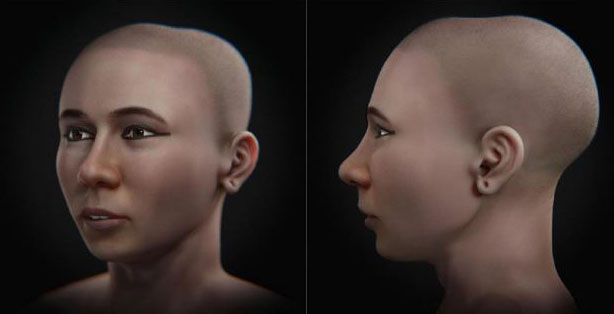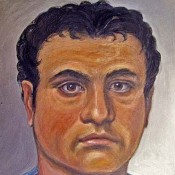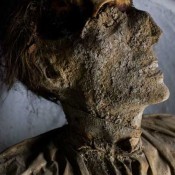A novel 3D digital facial approximation for Pharaoh Tutankhamun has been proposed by a team led by Cicero Moraes and including Egyptologist Michael Habicht. According to the abstract of the article published in the Italian Journal of Anatomy and Embryology, the work offers a novel and original facial reconstruction of pharaoh Tutankhamun based on data published in the biomedical and Egyptological literature.
Tutankhamun’s facial appearance has always been a matter of general interest. This is why his face has been the subject matter of a series of facial reconstruction attempts, both analog and digital, based on various forensic techniques. The first one, presented in 1983 involved the use of a plastered scull modelled from radiographs, while in 2005, Zahi Hawass provided three teams – an Egyptian, a French and an American – with the boy-king’s computed tomography images, in order for them to produce their own version. Two more versions were produced in 2015 and 2022. In turn, the present attempt is different in its details: as it is stated in the research paper, researchers adopted the Blender 3D software, running the add-on OrtogOnBlender, which allows for a refined presentation of the soft tissues. At the same time, the team moves away from define their end product as a “reconstruction”, preferring the term “forensic facial approximation” as more accurate and in accordance with their scientific goals.
After taking measurements, facial approximation was worked on through two different approaches. The first one, which has been characterized as more scientific in its character, consisted of a bust equipped with elements closely linked to the statistical aspects of the approximation. Since the initial stage of the process was composed only of data collected from CT scans and measurements of living individuals and a compatible population, it was possible to generate an anatomically coherent image. In addition, to reduce the incompatibility in the region of the orbit and avoid speculations about Tutankhamun’s skin tone, images of his face were generated with closed eyes and in gray scale. The end product of the second approach, based on data from the 2005 and seen as more artistic, was a color image of the king with his eyes open.
As it is stated in the article’s conclusion, “this new facial reconstruction of Tutankhamun adds to the body of Egyptological and anatomical-anthropological literature on the famous pharaoh and can be of help to both fields of research by highlighting the possibility of a new modelling technique based on the use of digitized graphic information”. In fact, the similarities and differences between the research’s end products and comparizons to earlier attempts to add to our understanding of the level of accuracy in the current methods of forensic facial approximation.





